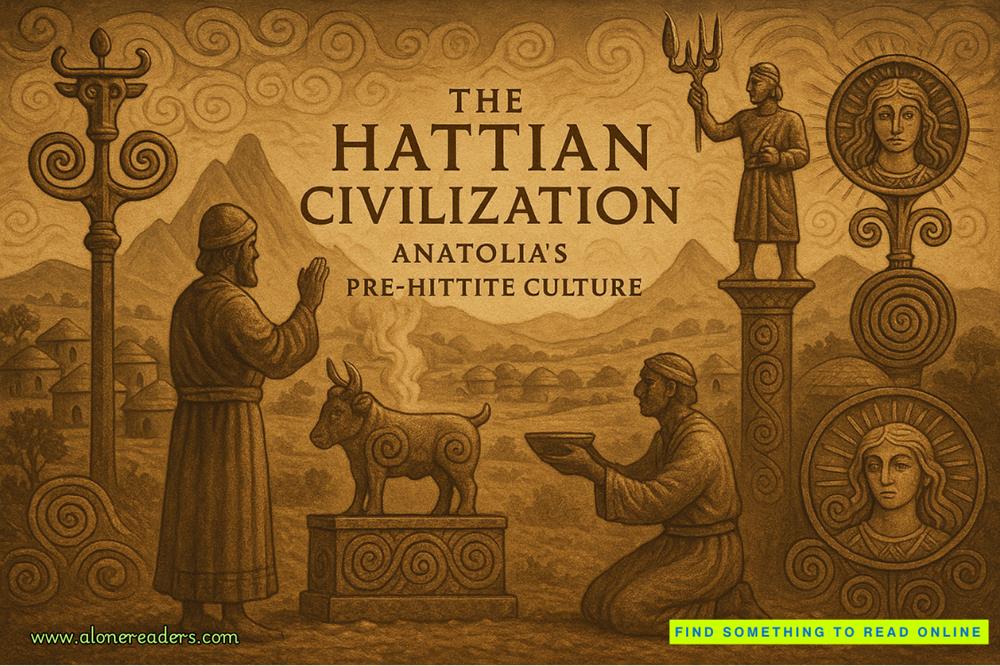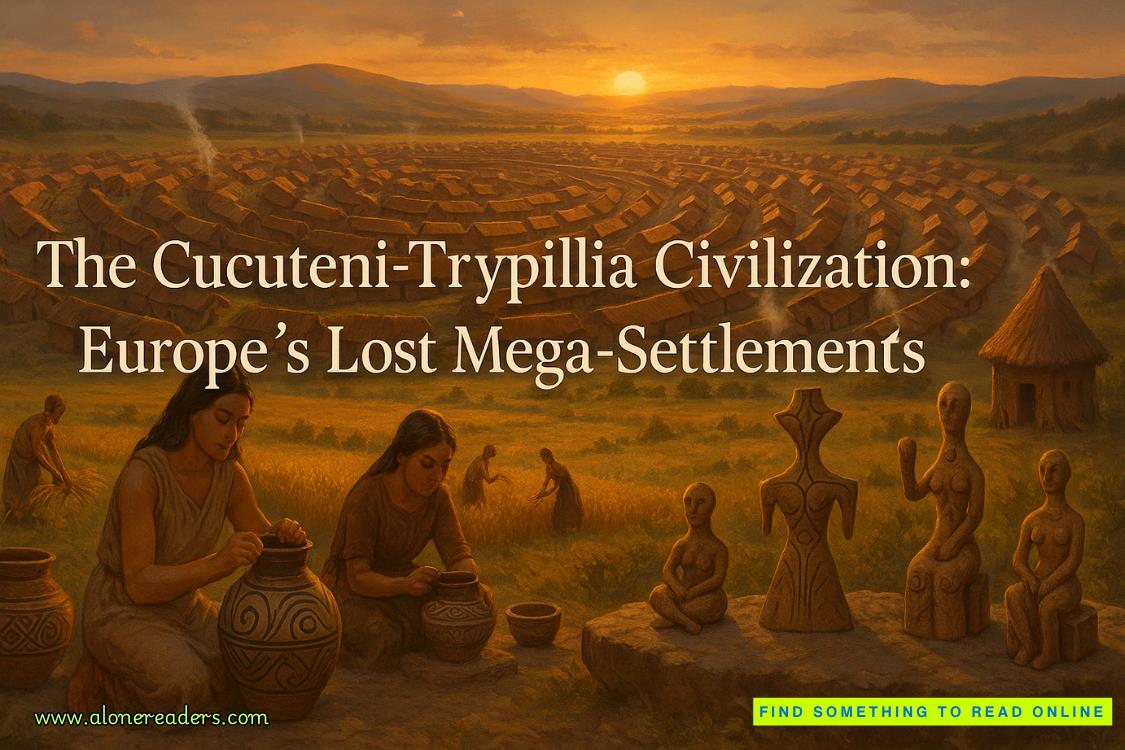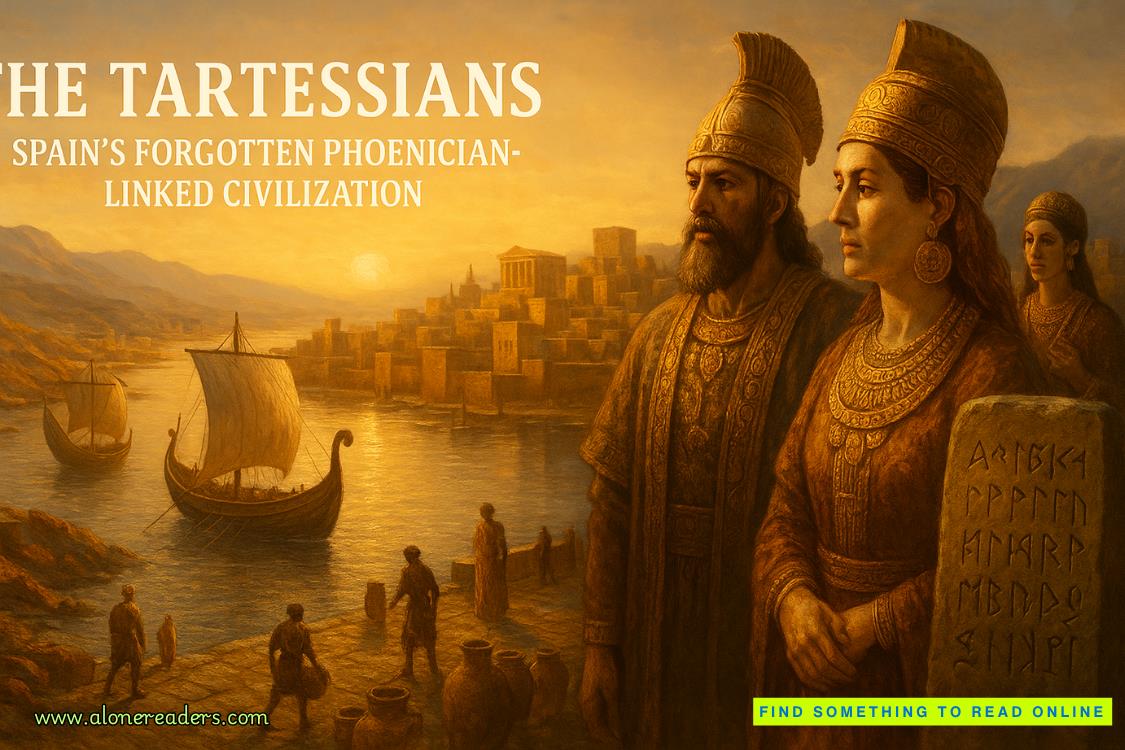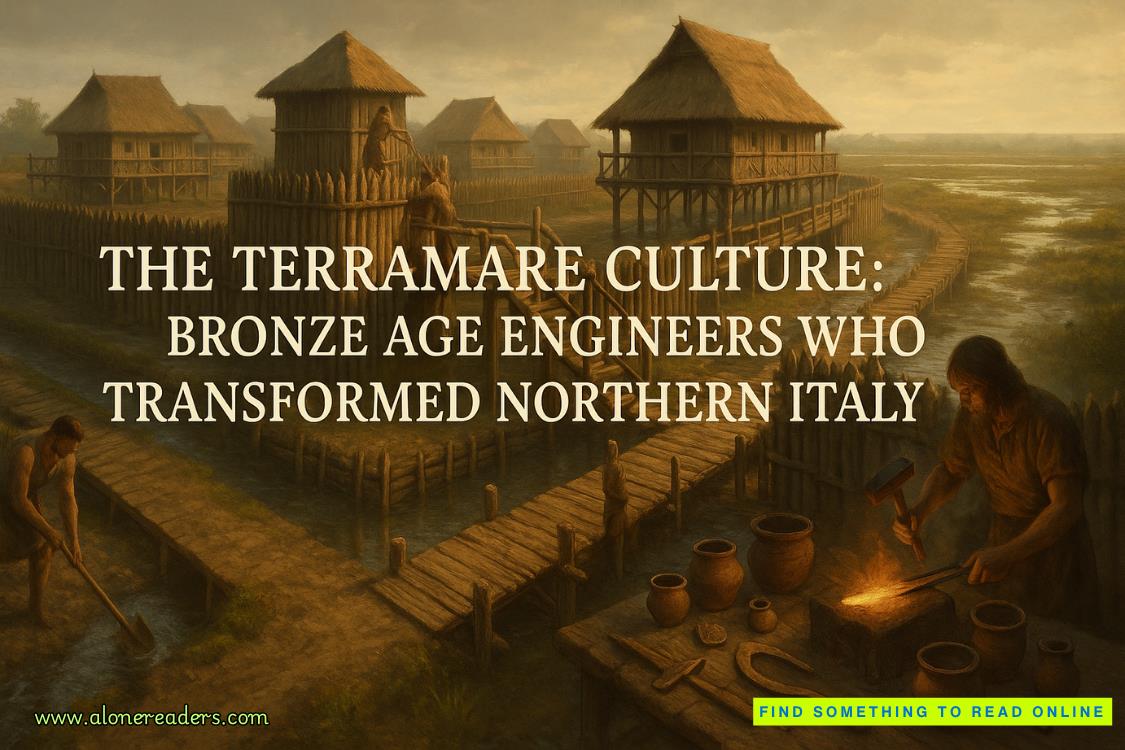“Can you get it out?”
Caine put both hands into the vessel and lifted out a thick brownish rectangle and gently set it on the table. He reached out slowly with only his gloved index finger, lifted the outer layer an inch. His voice was a hoarse whisper. “Intact. I can’t believe it.” For a moment, he stood still, lost in thought. He withdrew his finger and only then seemed to notice the Fargos again.
His whole face brightened. “It’s a Mayan book, a codex. It seems to be undamaged. We have to take our time examining it because we don’t know how fragile it is, and there’s no way to know how many times a page can be turned or even touched.”
“I know they’re very rare,” Remi said.
“The rarest of all Western Hemisphere artifacts and by far the most valuable,” said Caine. “The Maya were the only people in the Americas who developed a complex system of writing and it’s good. They could write anything they could say. If they’d had the urge, they could have written novels, epic poems, histories. Maybe they did. There were once hundreds of thousands of these codices. Today there are only four that survived and made it into European museums—the Dresden Codex, the Madrid Codex, the Paris. And there’s also the Grolier Codex, but it’s so inferior to the others that many experts think it’s a forgery. But the first three are full of Mayan knowledge—mathematics, astronomy, cosmology, calendars. This could be the fifth.”
“You said there were once thousands,” said Remi.
“Hundreds of thousands, is a better estimate,” he said. “But there were two problems. The codices were painted on a fabric made from the bark of a wild fig tree called Ficus glabrata. The fabric was folded into pages and the pages painted with a white mixture like stucco. That gave the Maya white pages they could write on. They were better than papyrus, almost as good as paper.”
“What were the problems?”
“One was the climate. Most of Mayan country was humid jungle. When books get wet, they rot. Some codices were buried in tombs—some at Copán, some at Altun Ha in Belize, some at Uaxactún Guytan. The fig-bark fabric rotted, leaving little piles of painted stucco fragments too small and delicate to ever be pieced together. But the biggest problem arrived in ships.”
“The Spanish conquest,” said Sam.
“Mainly the priests. They made a point of destroying anything having to do with native religions. Mayan gods looked like devils to them. They burned every book they found and then searched every hiding place so no book could survive. This went on from the beginning of the Mayan conquest in the 1500s until the 1690s, when they took the last cities. That’s why only four are left.”
“And now five,” said Remi.
“It’s a spectacular find,” said Caine. “Do you have a place to put it where it will be safe?”
“We do,” said Sam. “We’ll lock it up tight.”
“Good. I’d like to get started on the dating process and then come back tomorrow to start examining the codex. Is that possible?”
“I’d say it’s mandatory,” said Sam. “We’re as curious as you are and we can’t satisfy our curiosity without you.”
LA JOLLA
The next afternoon, Sam and Remi were waiting when David Caine arrived. After Sam and Remi took him into the climate-controlled room, Remi put on surgical gloves, opened one of the glass cabinets, and set the codex on the table. Caine sat for a moment, staring at the cover. “Before we begin,” he said, “the carbon dating is complete on the seeds and husks that were in the wooden bowls and on the wood itself. The samples all had 94.29 percent of their carbon 14. The wood and the plants died at about the same time, which is four hundred seventy-six years ago, in 1537.”
“Isn’t that sort of late for a classic Mayan?” asked Remi.
“It’s well into the end-time of the civilization. Most major classic cities had been abandoned by around 1000 A.D. Others stood until the Spanish got to them, beginning around 1524, when Pedro de Alvarado attacked the Maya with a huge army of native allies from Tlaxcala and Cholula. But there were many Mayan kingdoms that took a long time to be conquered. The last few fell in 1697, more than a hundred fifty years later.”
Remi said, “So what we found was a high-ranking man who picked up a pot from somewhere near Copán in Honduras. He put a book inside it and set off on foot. He went four hundred miles or so, then climbed all the way up the side of the Tacaná volcano in Mexico and put it in a shrine.”
“I would say it’s almost certain that something of that sort happened. Why he did it, we can only guess at this point.”
“Do you have a guess?” asked Sam.
“I think that he was taking an extremely precious book to a secret and remote place to hide it from the Spaniards. Judging from your photographs of the site, you’re probably right that it was a small stone shrine. Inside are pictures of Cizin, god of earthquakes and death, who was the bringer of earthquakes. He’s the dancing skeleton with the dangling eyeballs.”
“Then, what?”
“I’m just guessing, remember. At some point, the shrine was covered by a lava flow from the volcano. It’s even possible that he intentionally placed the book in the shrine, knowing the likelihood that it would be covered by lava, believing that a god was giving him a perfect way to seal the book in a safe place.”
“Do you think he would do that?”
Caine shrugged. “The Mayans had a strong belief in an afterlife in which they would be rewarded or punished. They also believed that the universe was kept in balance by what they did. Much of the knowledge they accumulated in books about astronomy and mathematics was intended to tell them what they should do to keep the universe from spinning out of control and destroying itself like an unbalanced machine. By 1537, this man’s universe had been showing signs of coming apart for hundreds of years. There had been terrible droughts from 750 to 900 A.D., a series of wars between cities, disease. And then the Spaniards came. Their arrival in 1524 was like the landing of aliens in a horror movie. They carried weapons nobody could fight or make for themselves. They were bent on destroying what remained of Mayan civilization and killing or enslaving every Mayan person. It was the final curse after a long series of curses. A Mayan—and this was a person of the royal class—would have taken the long view. These are people whose calendar was divided into cycles 5,125 years long. He might have believed that the book he was saving contained information essential to keeping the world intact or rebuilding it in the future.”
“I suppose, then, he wouldn’t hesitate to sacrifice himself to save the book.”
Caine said, “Imagine that powerful, humanlike creatures arrived here in spaceships, killed or enslaved everyone they could find, and then began the process of finding every computer, every book, and burning it. Oops! There goes the history of art, and, after it, every painting. There goes calculus, algebra, even arithmetic. They’re burning the books of every religion—all Bibles, the Koran, the Talmud, everything. Did they forget philosophy? Nope, it’s all going into the fire. Every poem, every story, ever written? Up in smoke. Physics, chemistry, biology, medicine; the history of the Romans and Greeks, the Chinese, the Egyptians. All gone.”















